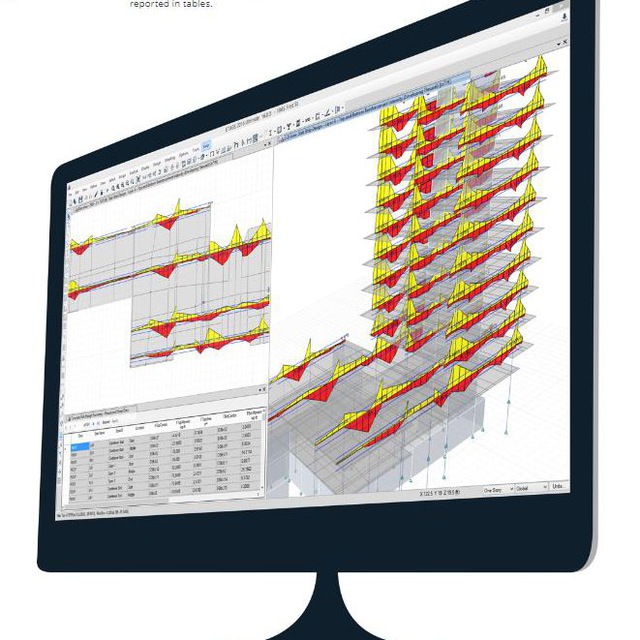In clause 1.7.1, part b, torsional irregularity is discussed, which can be expanded as follows, which can be seen in relation 1
Now let’s move on to applying this type of irregularity in the structure. To apply this type of irregularity in the structure, the software that we design the structure must have a rigid floor to be able to determine this type of irregularity.
@mohasebat1
If you pay attention, twisting irregularity occurs including random twisting, now you will wonder what it means, which I will explain to you below:
According to this clause, the earthquake force must be applied to the structure with a 5% eccentricity, and it can be said that 5% of the plan dimension has an eccentricity in each direction to apply the load, and under these loads, the torsional irregularity should be checked by eccentricity.
Pay attention that the changes of places should be relative, that is, measure the change of location of one floor compared to the floor below
In ITBS, this ratio can be obtained with the following command: (after analysis)
File>Print Table>Summary Report
We go to this address and read the Ratio value in the last parts: Aj, the torsional magnification factor
Clause 3.7.3.3 of Regulation 2800
In cases where the building is subject to torsional irregularity, the accidental eccentricity of at least 0.05 must be multiplied by the magnification factor Aj according to equation 2: Be careful that in this relation the change of locations is absolute and not relative.
Now the question arises, why 5% departure from the centrality:
It can be said that one of the reasons is that it is possible that the center of mass we calculated has differences with the center of mass of the structure in reality and does not coincide with each other because we put the partitions as equivalent overheads and they They are not placed in their exact place, or the location of the partition changes later, and for this reason, the regulations consider a deviation from the center of at least 5%, and if the situation is such that it includes torsional irregularity, the regulations define a magnification factor Aj. to increase by 5%.
Another reason for the torsional magnification factor can be that the damage potential in the structure, for example, columns in one direction, is that the damage in the column reduces the stiffness of the structure in that part where the center of mass is far from the center of stiffness. They find that this distance causes a twist when seismic loads are applied
According to the ASCE7-10 regulations, in the case where dynamic analysis is used, there is no need to apply the magnification factor, but this case does not exist in 2800 and is used in all cases.
@mohasebat1
#training_station
This post is written by None
